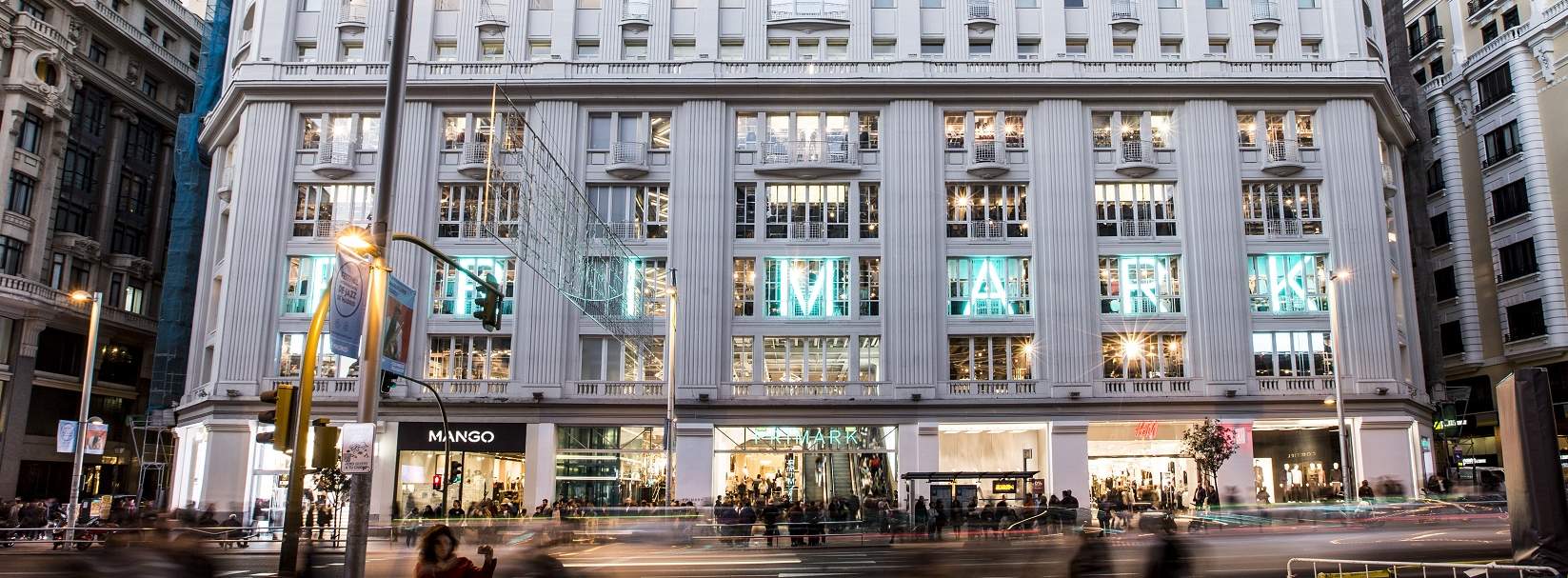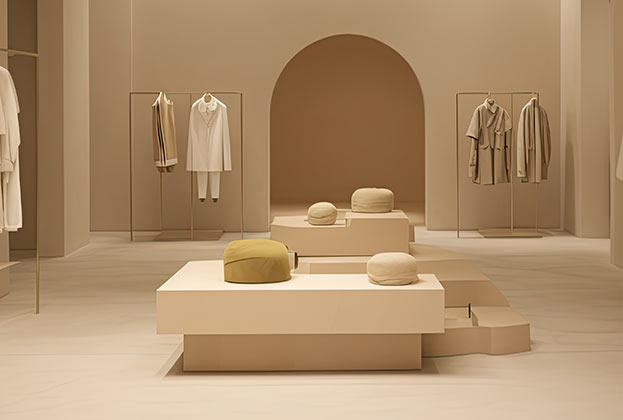Do you still associate French cuisine with fine dining? Still think of Cartier when you want to buy her that perfect bracelet? Or Louis Vuitton when you think of a flashy handbag?
Chances are most people are less willing to shell out that hard-earned cash and settle for affordable, "bargain quality" products. Due to the worldwide economic crunch, more and more people are placing a higher priority on stretching the value of their money whenever they spend on essential items like food and clothing, and if the budget allows even on certain luxuries, like a gym membership, or hotel accommodations and airline tickets when travelling. Indeed, the term “low cost” has become a byword to nearly all sectors of the economy.
With consumer trends ever in flux, brands strive to keep pace with the ever-changing needs of their respective target market audience. The proliferation of discount retail chains such as Hema, Tiger, Alehop, and Hosten have created their own niche in the knick-knack sector. The concept of these glamourized thrift shops enjoys wide acceptance among the customers. Reasonably-priced gymnasiums and fitness centers have sprouted up all over the city. Sports buffs who want to stay fit can avail the affordable rates of Basic Fit, Alta Fit, Joy Fit, and Fun Fit, among others. Fashion consumers on a slightly tighter budget can visit not only the Chinese Mulaya, Okeysi, Modelisa and Oasis, but can also go to Primark, Lefties, Shana, etc. And when it comes to fast food dining, nothing beats the ubiquitous Mc Donalds and Burger King that have persisted for decades. Interestingly enough, there is a cafeteria whose name epitomizes this notion - Low Cost - on Glorieta Cuatro Caminos.
Due to the worldwide economic crunch, more and more people are placing a higher priority on stretching the value of their money whenever they spend on essential items like food and clothing, and if the budget allows even on certain luxuries
The outcome is a very favorable shift in the attitude of consumerism towards practicality because customers are more keenly aware of their spending habits and appreciate what they have now more than ever. They don´t overspend on any item and tend to veer away from compulsive buying. In addition, a majority of the upper-middle class has not only rejected the previous perception on low cost brands as synonymous with low quality, but has even gone on to patronize some of these brands. Case in point, a young sr. research analyst whose office is in the prime retail pitch of Barrio Salamanca doesn´t mind working out to gain some abs in one of the low cost gyms in the area. In the same manner, it is not uncommon for an executive in a consultancy firm to decide to grab a cheeseburger in any of those fast food burger joints. Ultimately, the bottom line here is the budget –everyone wants to get their money´s worth.
Is all this budget buying philosophy here to stay despite the perceptible economic recovery in Spain? What are the companies doing to hold their consumers´ interest as a reaction to the long-running economic strain? As the economy improves, will the trend shift to more quality buying than budget spending? Past lessons teach us that when mass taste is developed, there is no turning back. Companies have adopted the idea of good quality products at a budget-friendly price, which in the long run, is essential for the survival of any business. While budget-priced fashion brands may perhaps be unable to compete at the level of high-end clothing apparels, they have nonetheless improved upon their products´ design and quality. Likewise, consumers have learned to uphold the importance of great value for their money. Despite the improvement in the economy, the daunting fear of a repeat economic recession has clung on to the minds of the working class and their families.
“Low-cost housing” remains non-existent, at least in Spain
With regard to the property scene, how has this shift in spending attitudes affected the retail distribution of these cost-effective brands? Are there opportunities for them in prime locations? Or are they relegated to secondary areas? The answer is as varied as one can get. Primark occupies more than 12,000 sqm on prime Gran Vía street. Okeysi has shops on calles Goya, Fuencarral, Carmen, Bravo Murillo, etc. Basic Fit is strategically located in more than 20 areas in Madrid, which include calles Goya, Fuencarral, Orense, Delicias, etc. And Mc Donalds is found everywhere, from the most in demand thoroughfares such as Gran Vía and Fuencarral to secondary locations such as calles de la Oca and Manuel Machado.
There is, however, one sector that the "low cost syndrome" has not invaded. “Low-cost housing” remains non-existent, at least in Spain. True, the cost of construction materials used to build houses may have lowered as well as the housing prices during the crisis have dropped by approximately 40% but this cannot be considered as a low-cost market. Undoubtedly, the scarcity of land for housing development continues to be a significant factor that spurs the price of residential units to rise.
The so-called "low cost syndrome" that has begun to pervade attitudes and spending habits of Europe's bourgeois and upper-middle class has paved the way for the proliferation of "bargain retail" brands amidst the fierce commercial competition in Spain's growing retail markets. Gone is the preconceived notion that "low cost" means "low quality" to be replaced with a renewed emphasis on practicality and "stretching your money's worth." For brands that have invested in the quality of their products while keeping their prices affordable, the ability to set up shops in the same prime locations as their more prestigious counterparts has become a reality. With the relationship between price and quality becoming less linear than before, premium brand retailers will have to find an alternative reason to justify the asking prices for their products. Nevertheless, one thing is certain: as long as frugality continues to be the priority for Spain's middle class, these budget retail brands are here to stay.




.jpg)




.jpg)
